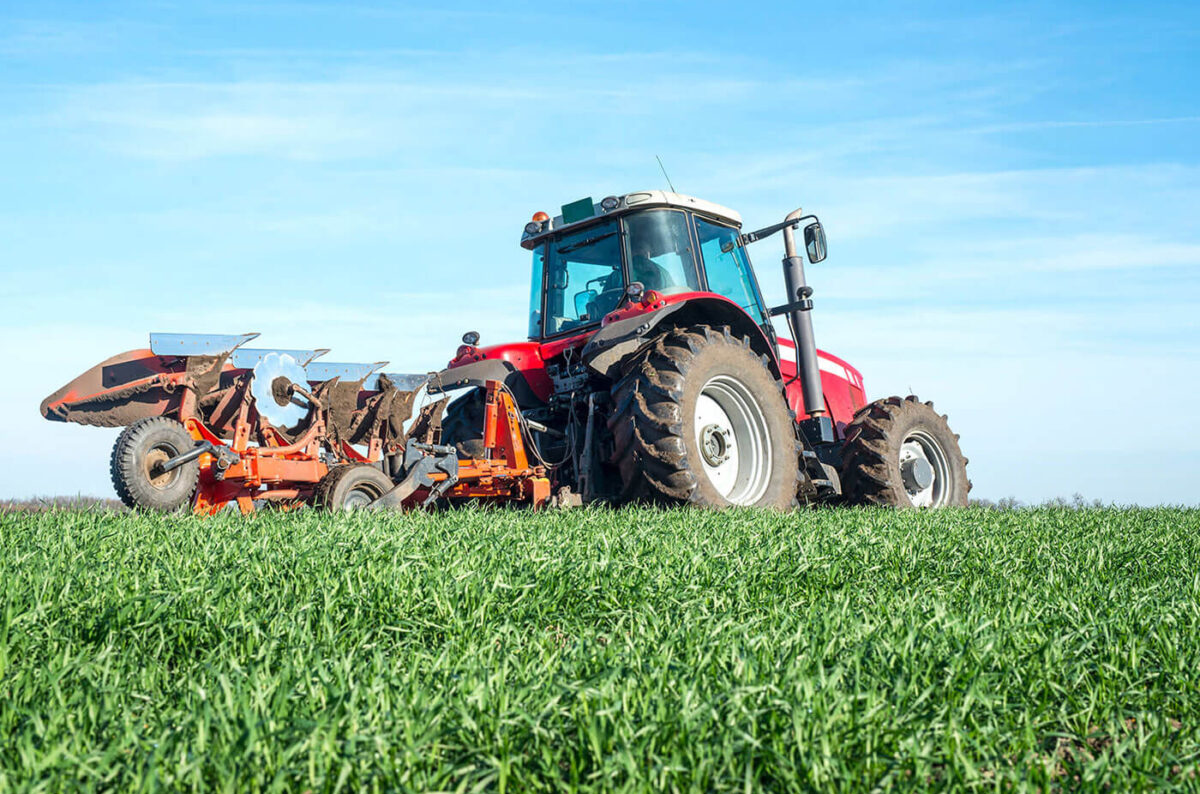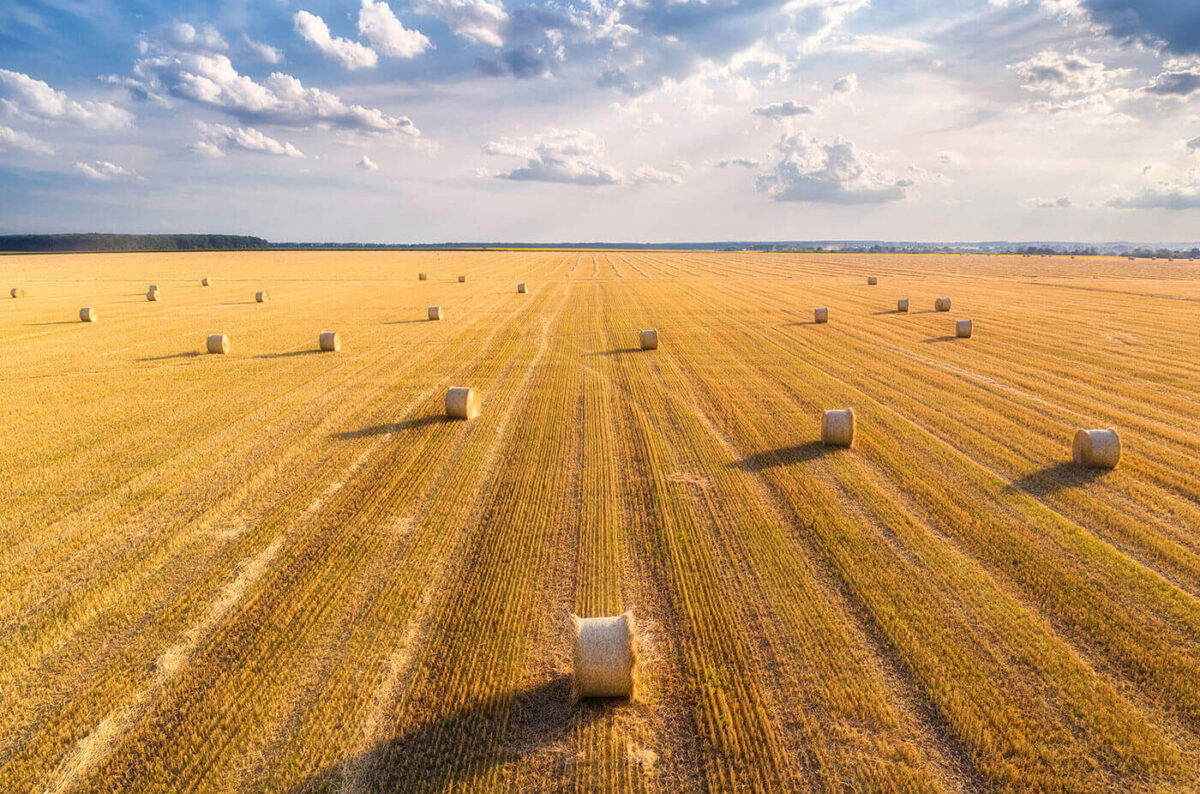
- Agriculture
- October 12, 2022
Our Shared Home
In a world often divided by borders, politics, cultures, and beliefs, one fundamental truth remains: Earth is what we all have in common. This blue marble floating in the vastness of space is our collective home—the only planet known to harbor life in our universe. As we face mounting environmental challenges, this simple yet profound realization becomes increasingly important.
The Interconnected Web of Life
Earth’s ecosystems don’t recognize human boundaries. The air we breathe, the water that flows through our rivers and oceans, and the climate that sustains our food systems are shared resources that connect us all. A pollutant released in one country doesn’t stop at a border checkpoint; carbon emissions from one continent affect weather patterns worldwide.
This interconnectedness extends to all living beings. Every species plays a role in the complex web of life that has evolved over billions of years. When we lose biodiversity, we weaken the very systems that sustain us:
- Plants and forests that clean our air and stabilize our climate
- Soil microorganisms that enable food production
- Pollinators that ensure our food security
- Marine ecosystems that regulate our climate and provide livelihoods
Our Common Challenges
The environmental challenges we face today are truly global in scale:
Climate Change
Rising global temperatures are changing weather patterns, causing sea levels to rise, and increasing the frequency of extreme weather events. These impacts are felt worldwide, though often most severely by communities that have contributed least to the problem.
Biodiversity Loss
We’re losing species at an alarming rate—up to 1,000 times faster than the natural extinction rate. This mass extinction event threatens ecosystem stability and services that humans rely on.
Resource Depletion
From freshwater scarcity to soil degradation, many of Earth’s resources are being consumed faster than they can be replenished, creating challenges for future generations.
Pollution
Plastic in our oceans, chemicals in our waterways, and particulates in our air affect human and environmental health across the globe.
A Shared Responsibility
If Earth is what we all have in common, then its stewardship must be our shared responsibility. This requires action at multiple levels:
Individual Actions
Every person can contribute through conscious choices:
- Reducing consumption and waste
- Choosing sustainable products and services
- Supporting conservation efforts
- Engaging in community environmental initiatives
Community Engagement
Local communities worldwide are developing innovative solutions to environmental challenges:
- Urban farming initiatives
- Community-based conservation
- Renewable energy cooperatives
- Zero-waste programs
National Policies
Countries must implement policies that protect shared resources:
- Renewable energy transitions
- Protected area designations
- Pollution regulations
- Sustainable development strategies
International Cooperation
Global challenges require global solutions:
- Climate agreements like the Paris Accord
- Biodiversity conventions
- Ocean protection treaties
- Shared technological development
Finding Common Ground
Environmental protection need not be a polarizing issue. Across political divides, religious differences, and cultural variations, people can find common ground in wanting clean air for their children to breathe, safe water to drink, and stable climates for growing food.
By focusing on our shared home—Earth—we can build bridges across divides and work together toward solutions. Indigenous communities have long understood this connection to place, often incorporating the concept of environmental stewardship into their cultural practices and worldviews.
A New Perspective
Perhaps the most powerful shift in human consciousness came when we first saw images of Earth from space. As astronaut William Anders, who took the famous “Earthrise” photo during the Apollo 8 mission, said:
“We came all this way to explore the moon, and the most important thing is that we discovered the Earth.”
That perspective—seeing our planet as a single, fragile system without visible borders—has inspired environmental awareness worldwide. It reminds us that beyond our differences, we are all Earthlings, dependent on the same life-supporting systems.
Moving Forward Together
As we navigate the environmental challenges of the 21st century, remembering that Earth is what we all have in common can provide both motivation and hope. By viewing environmental protection as a unifying cause rather than a divisive one, we can cultivate the collective will needed to ensure a sustainable future.
Our shared planet demands shared solutions—across borders, generations, and differences. In protecting Earth, we protect our common home and common future. And in doing so, we may find that caring for our planet helps us rediscover our common humanity as well.
“We do not inherit the Earth from our ancestors; we borrow it from our children.” — Native American proverb















Comments (3)
Lisanne Viscaal
I believe that we can become one as a community and help the earth become clean. We all must take our responsibility and do what we can as humans to make a difference in this large community.
Tan Wuhan
We must keep the Earth clean; people must know that earth is what we have.
Luis Calvillo
Earth is our safe place, we must throw our garbage’s in the trash can, not everywhere because it will be bad for our environment, we must recycle rather than throwing something away. People must be aware of our environment, we should keep it clean.